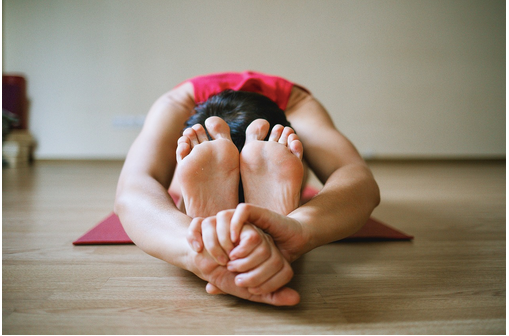
Pain is a normal part of life from when you scrape your knee as a child to running into a doorknob as an adult. Without pain, people would not know their own limits and abilities. For athletes, pain management allows them to work on themselves and their bodies to be the best they can be through many different techniques. Read below to understand the importance of pain management in your fitness routine.
Increases Pain Awareness
Being aware of your pain and knowing your limits is essential in preventing injuries during workouts. One way to create pain awareness is to practice mindfulness before, during, and after a workout. Start by taking a mental inventory of your body from head to toe as you are walking to the gym and as you are stretching, then, during the workout, keep your bodily awareness so that if anything feels too painful, you know exactly where. That way you can pivot from one activity to another if one is causing too much pain to handle. At the end of a workout, check back in with your body to make sure that there are no extra pains apart from the normal soreness that comes from a good workout.
Medicinal Pain Management
Using certain modern medicines as tools for your pain management is a great way to understand what your body needs and allow it to continue to move, even after a past injury. Due to certain injuries, a person’s hips, knees, back, or other areas may have scar tissue or other long-term issues that cause pain in those areas. This is where medicinal pain management comes in. There are several ways in which you can find effective pain management in Chicago that fits your needs. From hip injections to spinal cord stimulation, there are many ways in which your doctor can help you reach your fitness goals with as little pain as possible.
Other medicinal remedies that can be used in tandem with exercise are essential oils, nerve blocks, physical therapy, and safe painkillers. These can be used according to specific injuries including pulled muscles, hip or other joint replacements, surgery recovery, and more. As a person begins to exercise again after an injury, they can learn a lot about pain management and thresholds by integrating small workouts into their daily routine while receiving the treatments listed above.
Develops a Routine
Certain pain management techniques like stretching, warming up, foam rolling, and massaging that can be done before and after each workout help to establish a routine. With regular warm-up techniques like stretching, you will find that you will incur fewer injuries and go longer in your workouts. The routine also helps with the body’s muscle memory. If your body is used to doing the same warm-up and cool-down routine, then your muscles and joints will ease into it, making the overall workout easier every time. As long as you do not push yourself too hard and establish a routine of gradually increasing weight or going longer distances, you will have better overall pain management when you exercise.

Enhances Recovery
When you start to do harder and harder workouts, recovery pain management techniques allow your body to heal well and build muscle. Part of pain management is to know when you should recover and take a day off. Some people when they do intense workouts want to get right back to the gym the next day, but if you feel a certain level of pain as you recover, it means that your body needs to rest in order to build the muscle you are working so hard for.
If you do not take the proper time to rest and manage your pain, then you could end up with injuries like muscle tears. Certain pain management techniques like stretching, foam rolling, and active recovery exercises can reduce your soreness as you recover. If you need to take a day off from working out, make sure to still stretch whenever you feel sore so that you can naturally alleviate that soreness.
Supports Mental Health
Being in constant pain can take a toll on a person’s mental health. This is why pain management is so important for not only your physical health but your mental health as well. It is well known that exercise releases endorphins and those endorphins create a kind of euphoria in the human brain. Managing pain in your workouts is the best way to avoid getting hurt and having to take time off from exercising. Many people use exercise as a way to alleviate mental health issues, so getting injured could affect both their physical and mental health.
The routine of working out and having fitness goals is also good for mental health because it can bring purpose to a person’s life. Creating and achieving goals, including pain management goals, gives meaning to the day and helps people feel good about their bodies as well.
Aids in Long-Term Ability to Exercise
If you manage your pain correctly in your fitness routine while you are young, then you will be able to continue exercising in the decades to come. The daily pain management skills that you integrate into your fitness routine will prevent you from getting injured, help you to exercise longer, and keep your body in good shape so that you can continue to work out. This can also increase your longevity, helping you to add many extra years onto your life that you may not get if you don’t exercise properly.
https://pixabay.com/photos/yoga-man-exercise-yoga-pose-6932155/
The importance of daily exercise has been studied for decades, but many people who try to exercise frequently do not focus enough of their energy on the pain management side of things. Incorporating pain management into your daily exercise routines is not only beneficial for your overall physical health, but can boost your mood, allow you to exercise for longer, and help you to exercise for more years despite past injuries. Keep these tips on hand as you explore what pain management can do for you.
